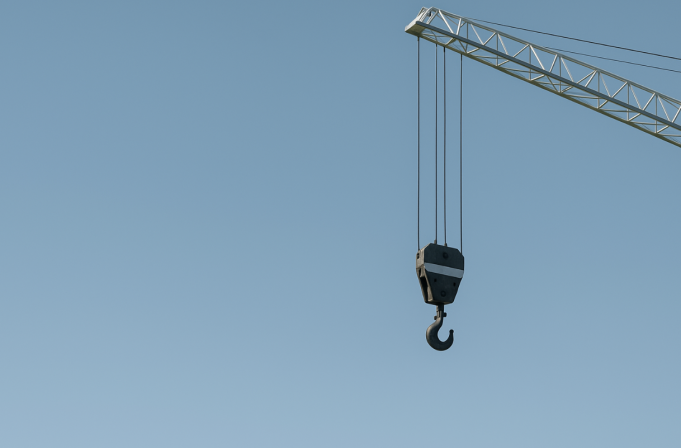Crane solutions in modular construction significantly contribute to reducing waste and carbon emissions. By employing cranes strategically, construction projects can improve their sustainability and efficiency, meeting the increasing demand for eco-friendly building methods.
Cranes are not just about lifting heavy materials; they are revolutionising sustainable building approaches. The modular construction method, supported by crane solutions, greatly reduces material waste. This technique involves prefabricating building components off-site, leading to fewer disruptions and less on-site waste. Efficient Liverpool crane hire allows for the smooth transportation and assembly of these components, promoting an environmentally friendly approach to modern construction challenges.
Reducing material waste with crane solutions
Cranes play a crucial role in minimising material waste in construction projects. By facilitating the precise placement of prefabricated modules, cranes ensure that materials are used efficiently without unnecessary excess or damage. This precision reduces the need for corrective measures often associated with traditional building methods, where misalignment or miscalculations can lead to significant waste.
The prefabrication process itself is transformative for sustainable construction practices. Off-site manufacturing allows for controlled environments that reduce errors and material wastage. The use of cranes in transporting these modules ensures they are delivered intact and assembled seamlessly, further supporting sustainability goals. When materials arrive on-site ready for assembly, it eliminates the need for excessive on-site handling and modifications.
Moreover, the strategic use of cranes enables the reuse of materials from one project to another. By planning lifts carefully, contractors can dismantle structures with minimal damage to components, allowing them to be repurposed in future builds. This recycling process not only conserves resources but also reduces the carbon footprint associated with manufacturing new materials.
Lowering carbon emissions through crane use
Reducing carbon emissions is a vital aspect of sustainable construction practices. Cranes play a significant role in this effort by optimising transportation logistics and reducing the number of trips needed to move materials. Each lift performed efficiently by a crane translates to fewer journeys by traditional vehicles, which are typically more polluting.
Additionally, utilising cranes minimises the time required for on-site activities, thus decreasing the duration that heavy machinery must operate. The shorter operational time frame results in lower fuel consumption and emissions overall. Furthermore, when cranes are used in conjunction with electric or hybrid machinery, their impact on reducing emissions becomes even more pronounced.
Strategically planning crane operations can also reduce idle time, ensuring that machines operate at optimal efficiency levels. Efficient scheduling and execution mean that cranes spend less time running without performing productive tasks, which further conserves energy and limits emissions.
Supporting eco-friendly innovations with cranes
Cranes are essential in facilitating eco-friendly innovations within the construction industry. As new sustainable technologies emerge, such as solar panels and green roofs, cranes provide the necessary support to install these features effectively. Their ability to handle large components with precision ensures that installations are both safe and efficient.
Furthermore, cranes enable the integration of advanced building materials designed to enhance energy efficiency. Lightweight materials often require careful handling during installation to avoid damage; cranes offer the perfect solution for such delicate operations. By supporting these innovative elements, cranes help create buildings that consume less energy over their lifespans.
The adaptability of crane technology means they can be employed in various settings, from urban high-rises to remote rural projects. This versatility is crucial as it allows sustainable practices to be implemented across different environments without compromising quality or safety standards.














